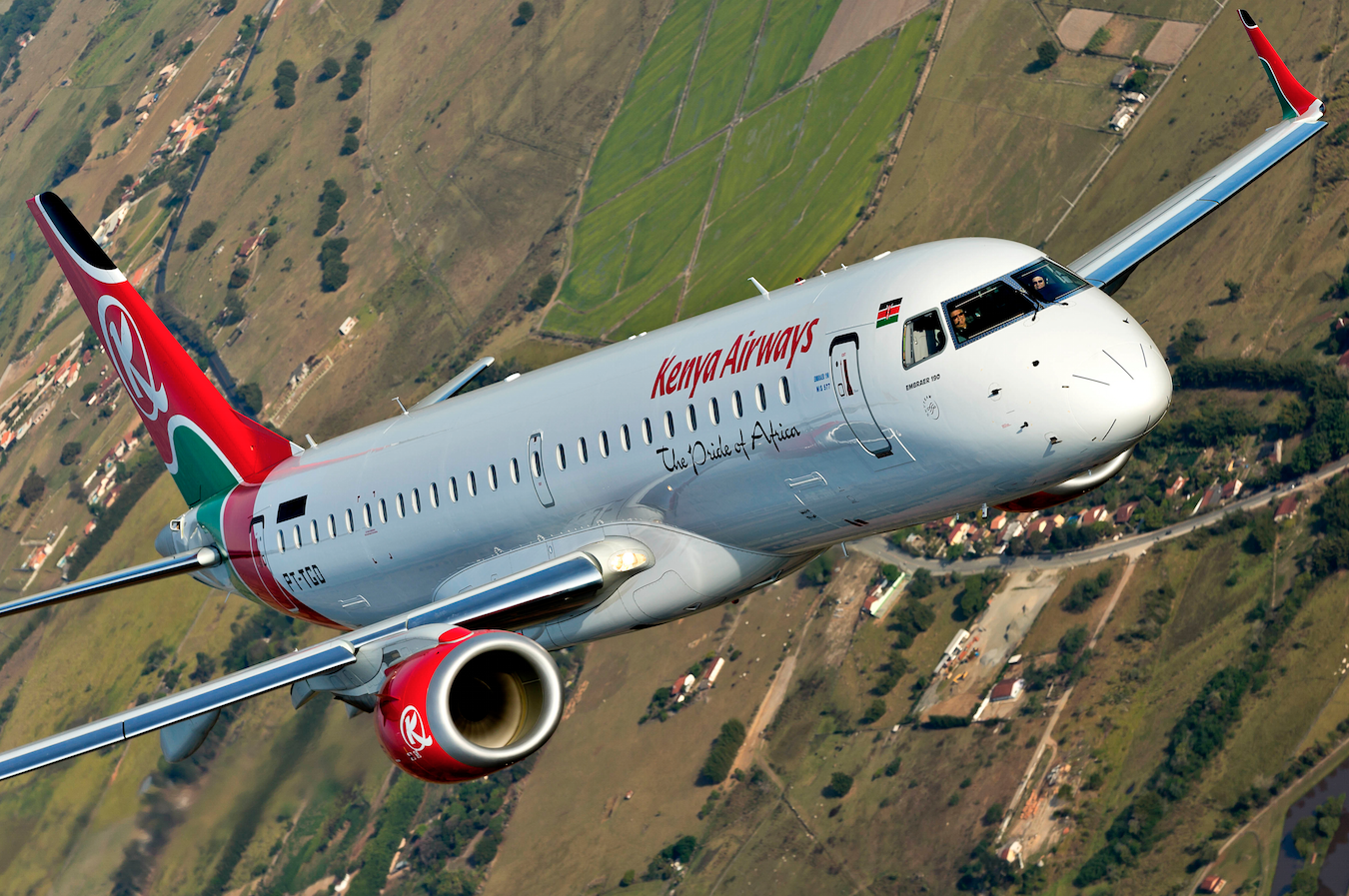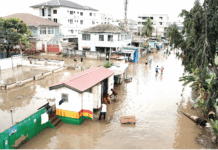
The sheer scale of the losses – eight times deeper than the previous year – has prompted soul-searching in a country where 46% of the population lives below the poverty line. A Senate Select Committee is now poring over the disastrous result, with some MPs openly calling for criminal proceedings against airline bosses.
However, while the prima facie evidence points to a series of strategic blunders, parliament’s investigation has yet to uphold any of the allegations of corruption that have been bandied around by the press. In truth, Kenya Airways’ predicament is far from unique in African aviation, and its commercial fortunes are at least partly influenced by external factors beyond the control of management.
The country’s finance ministry estimates that the flag-carrier now requires a $500-600m bailout in order to restore solvency, while Standard Investment Bank pegs the funding shortfall as high as $1bn.
Calls from the National Taxpayers Association to block the bailout appear to have fallen on deaf ears, with the government swiftly rubber-stamping a $40m loan and the African Export-Import Bank signing off on a $200m bridging facility. Reports suggest the funds will pave the way for two new Boeing 787 Dreamliners – currently parked in Everett, Washington, USA – to make their delayed ferry flights to Nairobi.
According to Mbuvi Ngunze, Kenya Airways chief executive, this interim financing merely gives management “breathing space” while talks continue about longer-term support. The flag-carrier has contracted turnaround consultancy Seabury to evaluate the
options for a strategic overhaul, and further loans will likely be contingent on compliance with its recommendations.
“We brought in quite some significant capacity last year,” Ngunze told African Business at an industry conference in June, referring to the addition of eight wide-body and two narrow-body aircraft. “The uptake of that capacity has not been at the same level [as we predicted] … I felt we were not really shooting at the right level, so we brought in Seabury to work with us on commercial diagnostics.”
This mismatch between capacity and traffic lies at the heart of the flag carrier’s dire financial results, but its causes are complex. Rising violence by Al-Shabaab, the militant Islamist group spawned in Somalia and now spreading its tentacles across East Africa, has undoubtedly played a role in dampening traffic flows.
Al-Shabaab’s most high-profile attack in Kenya to date was the September 2013 Westgate shopping mall atrocity, which left 67 people dead – including citizens of the UK, Canada, France and South Korea. Had the incident been a one-off it would likely have had a muted impact on tourism, but with a succession of mass-casualty attacks following in southern and eastern Kenya, foreign governments were quick to issue new travel advisories.
“There has been, definitely, over time, a strong improvement in [the security situation in] Somalia … and what we see is Al-Shabaab shifting their focus to soft targets,” Ngunze says, highlighting this year’s attack on a Kenyan university college in the border town of Garissa that left 147 dead.
The chief executive criticises foreign media outlets for sensationalising the scale of the threat, and in turn accelerating the exodus of tourists. “The travel advisories are really focused on the coastal regions – places like Mombasa and Lamu – [whereas] the rest of the country is open for business,” he argues. “That’s the big narrative that gets missed. So much attention is focused on a small part of the country … The international media has a lot of reflection to do.”
While security jitters contributed to the financial result – traffic flows from London to Mombasa are down 40%, for example – management must accept some of the blame. Kenya Airways increased capacity by 8.6% last year when measured by Available Seat Kilometres, even as it became clear that tourism was slumping. This expansion, predictably, resulted in a glut of seats that has suppressed passenger yields and deepened losses.
Ngunze’s personal responsibility, though, may be limited. He was only appointed as chief executive in November 2014, replacing long-standing boss Titus Naikuni, who himself appeared before the Select Committee in September to vigorously defend his track record.
Wherever the blame lies, Ngunze has made clear that the airline’s 10-year expansion programme, dubbed Project Mawingu, is now up for review. “Mawingu is a dynamic plan,” he says. “We’ve already had to tone down some of the ambition in terms of fleet, and we keep on reviewing it. You must respond to what you see in the market.”
Having originally targeted 119 aircraft and 115 destinations by 2021 – up from 45 and 53 today – the flag-carrier is now talking about “growing responsibly” in the current climate. There may even be a near-term contraction. Four wide-body 777-300ERs have been put up for sale, and North American route launches have ostensibly been put on the back burner. “Let’s do well the hubs that we already fly to,” says Ngunze.
Another aspect of the business that is being closely scrutinised by Seabury is the controversial joint-venture agreement with KLM Royal Dutch Airlines, which owns 26.7% of Kenya Airways.
The two airlines have been sharing flight codes and revenues on services between Europe and Africa for two decades. Such partnerships are popular in the airline industry as they spread risk on intercontinental flights. However, Ngunze has admitted to the Select Committee that the joint venture is not currently profitable. The Finance Ministry says the agreement is now being re-assessed, and warns that KLM’s stake could be diluted during any bailout.
While restructuring is clearly needed, the government should be wary of knee-jerk proposals that might hinder a long-term recovery. Turfing out management, severing commercial partnerships, and re-nationalising the company all offer immediate gratification, but these measures alone are unlikely to rehabilitate Kenya’s struggling flag-carrier.
By Martin Rivers
























